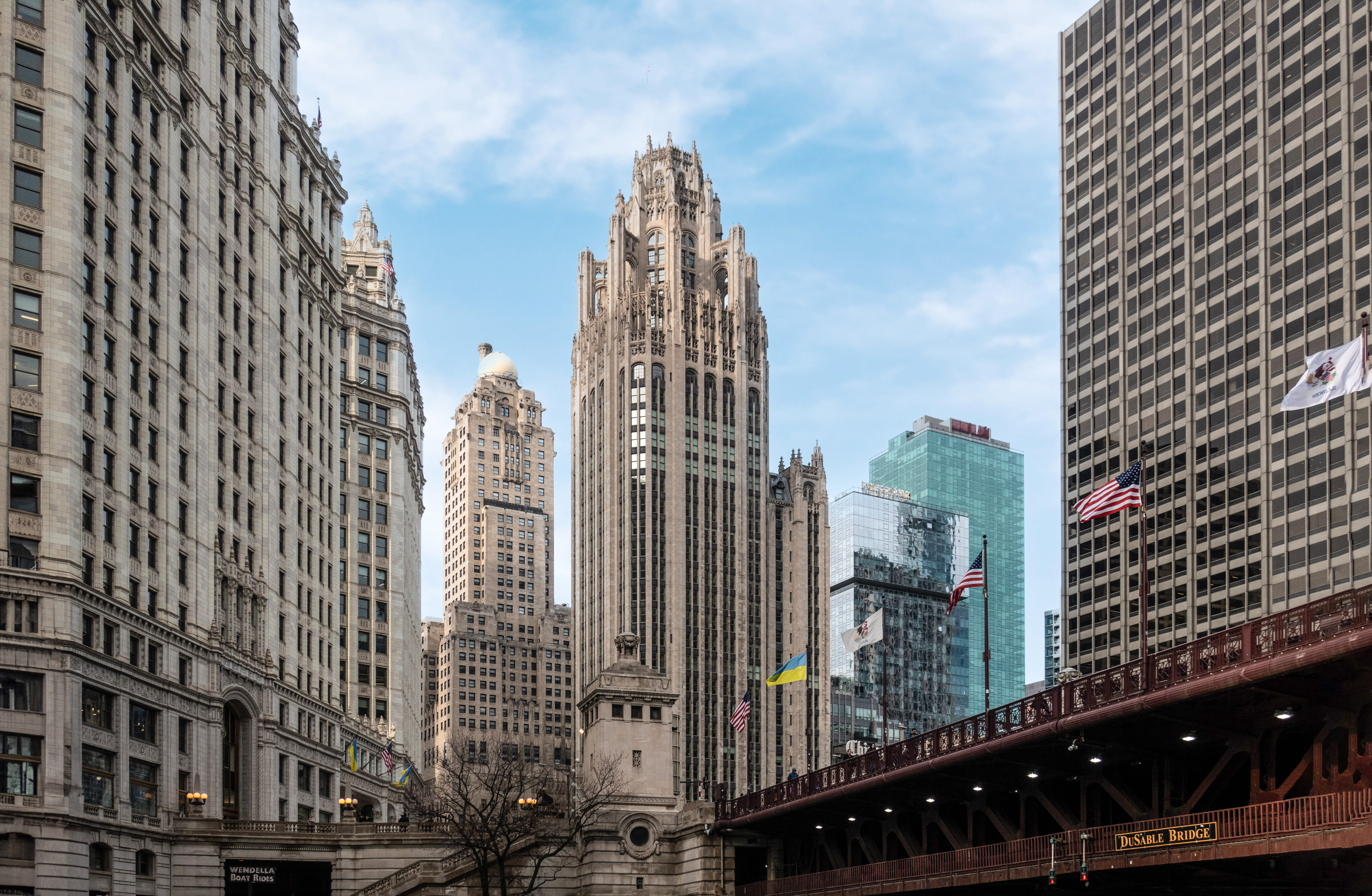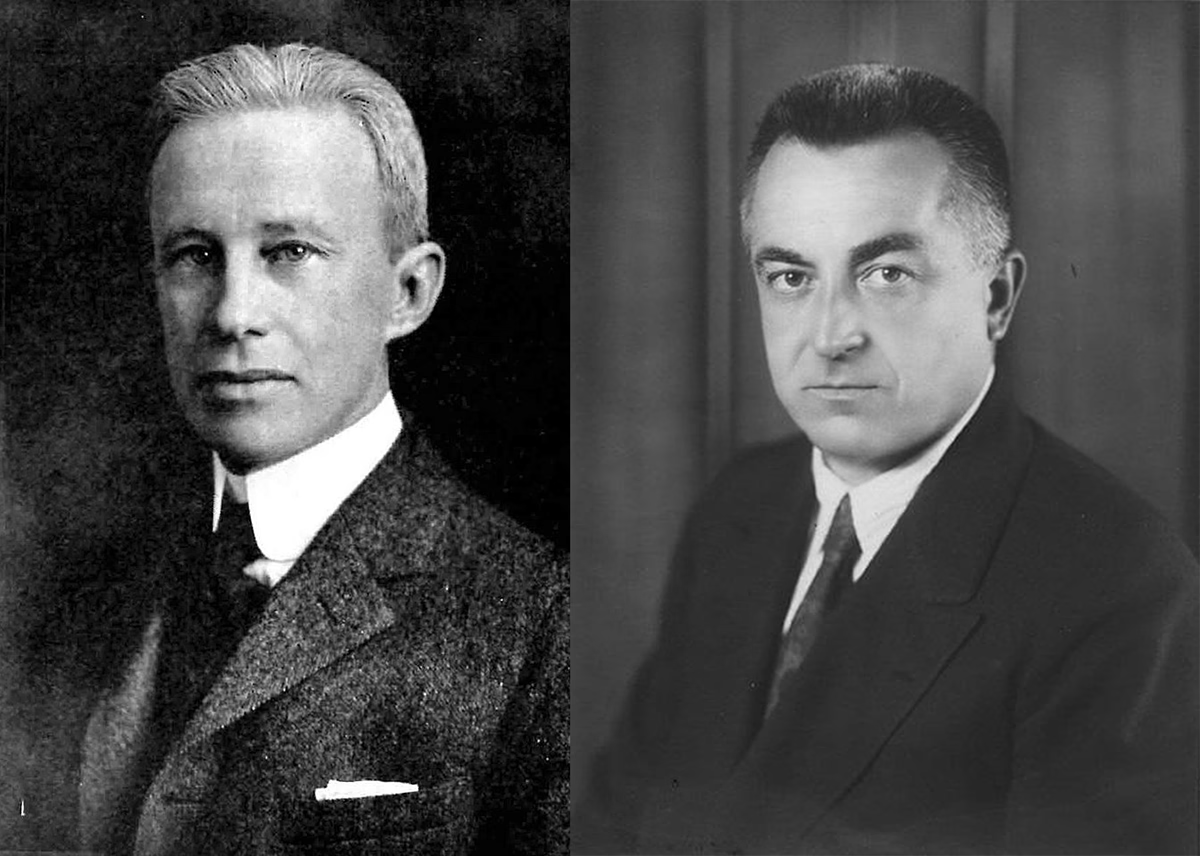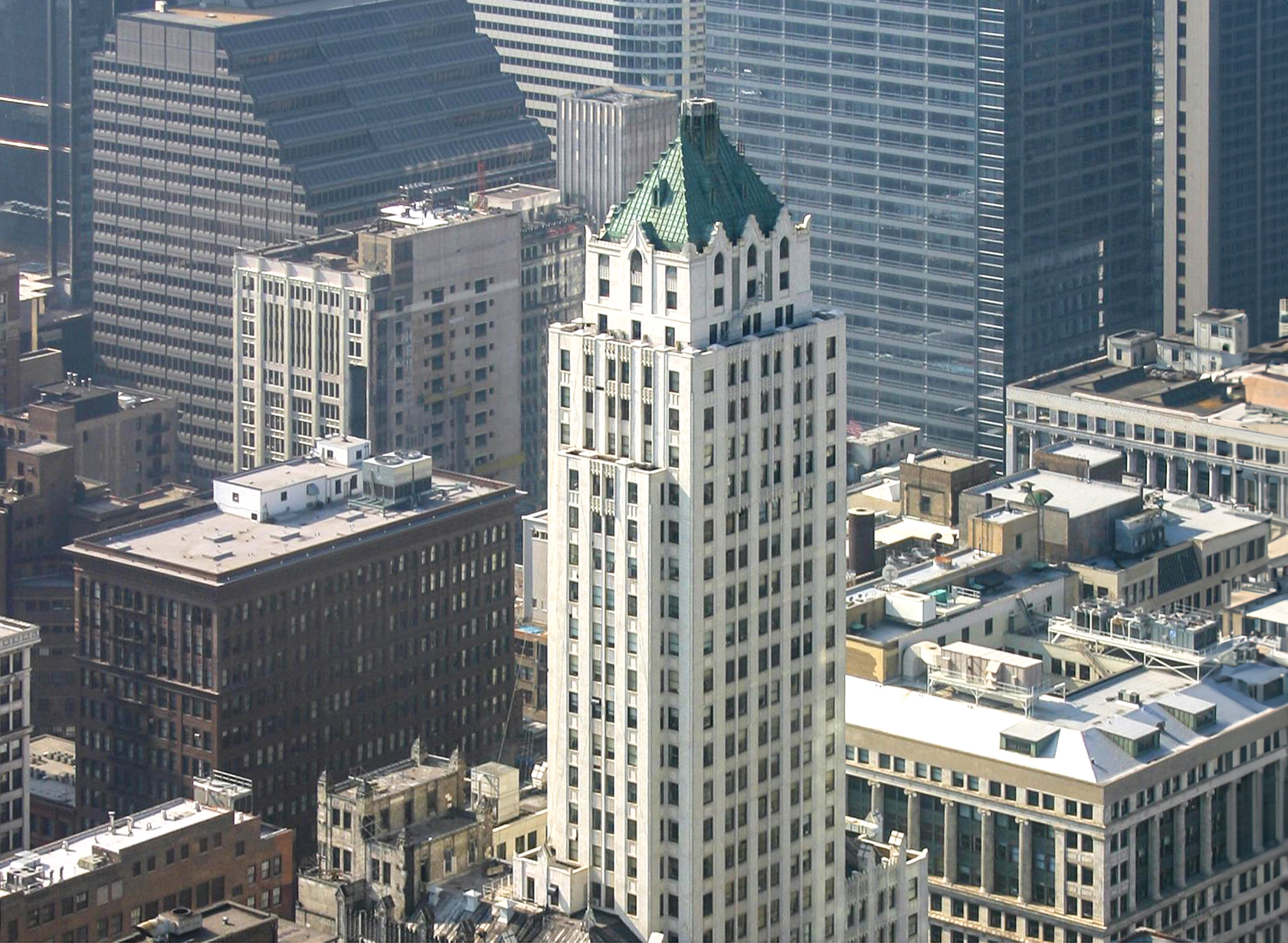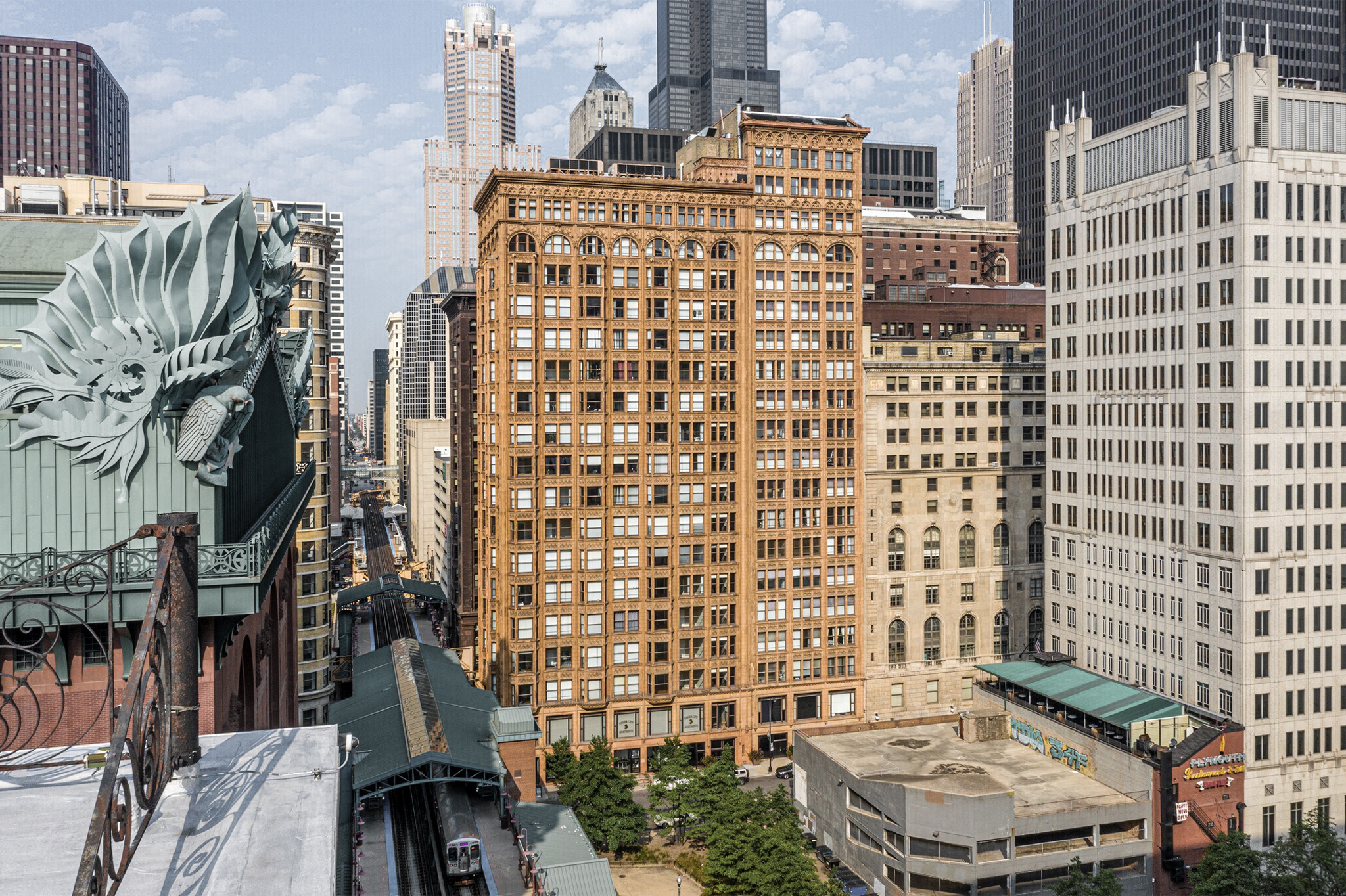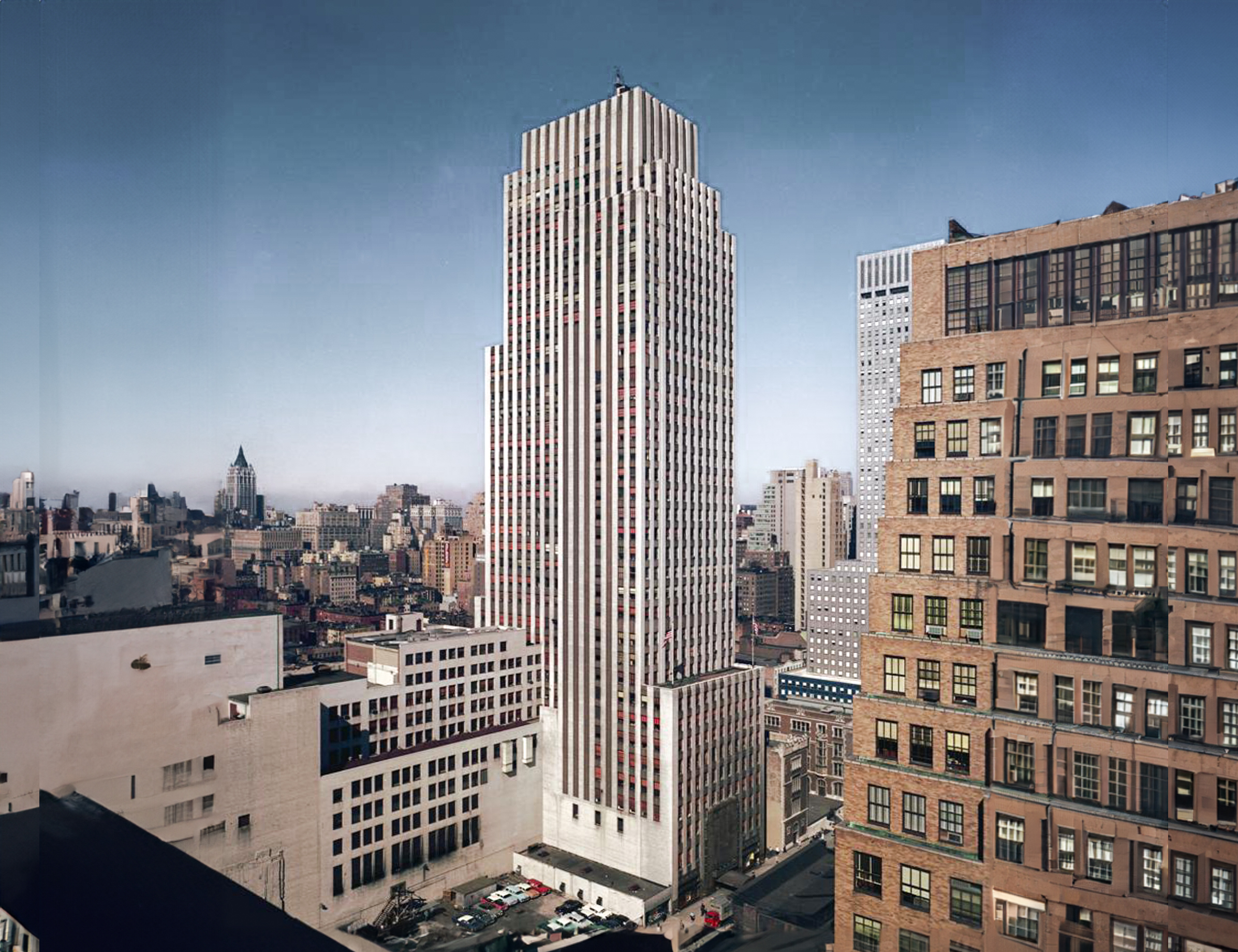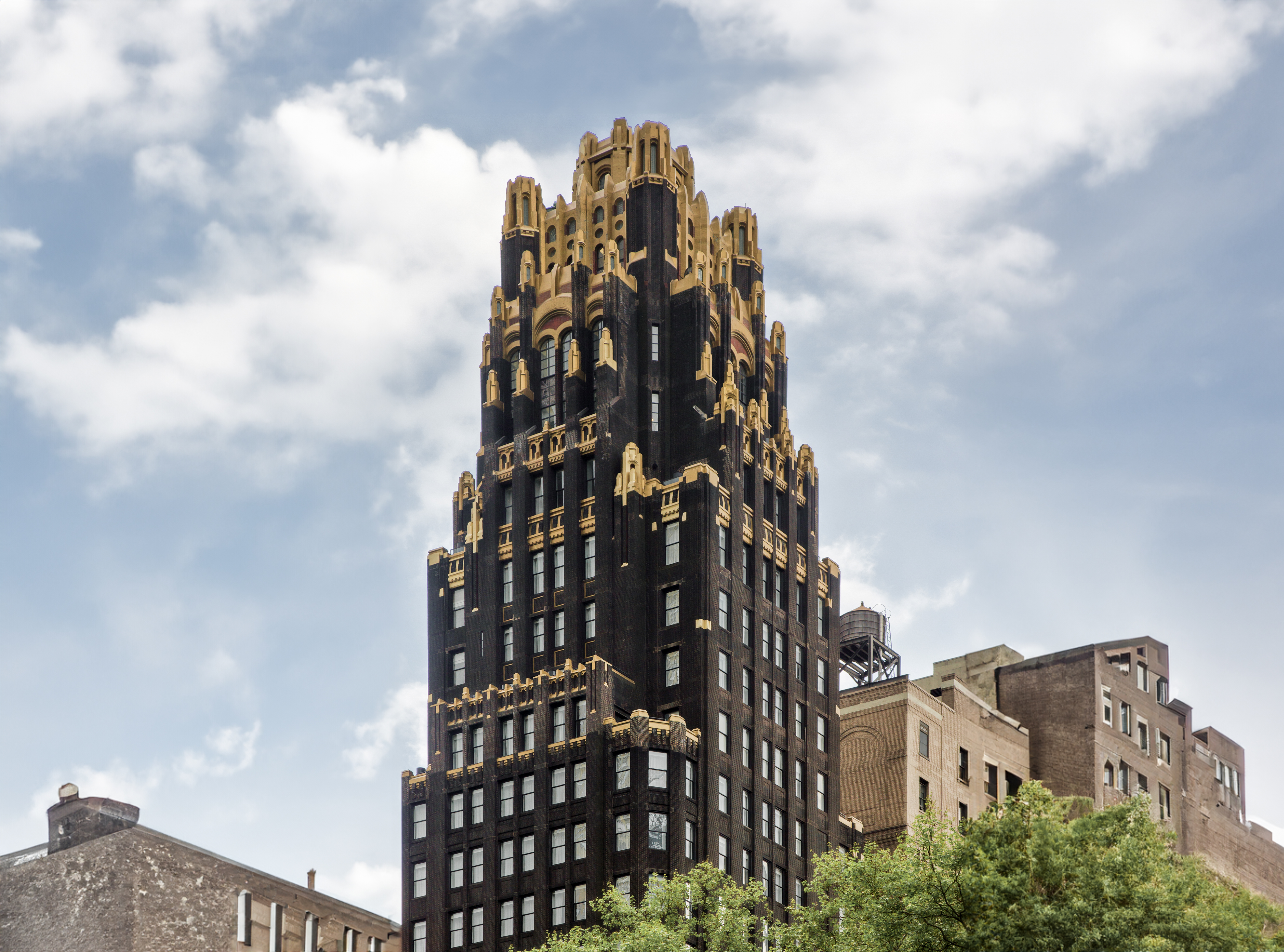The Chicago Tribune Tower is a Neogothic skyscraper designed by Howells & Hood, and built between 1923 and 1925 in Chicago, IL. Howells & Hood was commisioned to design the building after winning the competition that was held in 1922.
Its precise street address is 435 N Michigan Avenue, Chicago, IL. You can also find it on the map here.
The Chicago Tribune Tower is a structure of significant importance both for the city of Chicago and the United States as a nation. The building embodies the distinctive characteristic features of the time in which it was built and the Neogothic style. Because of that, the Chicago Tribune Tower was officially declared as a national landmark on January 2nd 1989.
The building has been restored 3 times over the years to ensure its conservation and adaptation to the pass of time. The main restoration works happened in 1948, 1965 and 1990.
